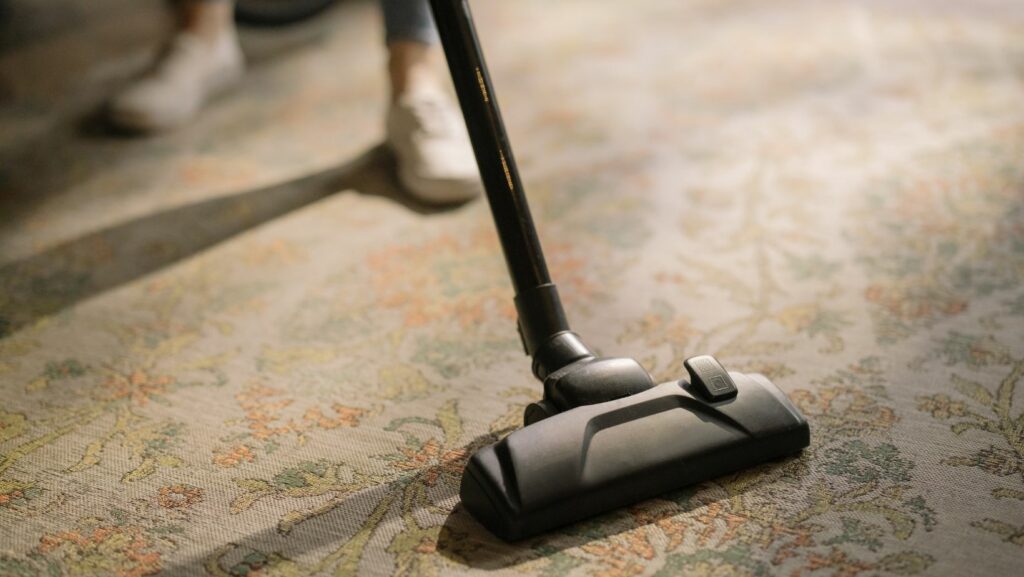Table of Contents
ToggleWhy Does my Vacuum Smell Burnt
If you’ve noticed a burnt smell coming from your vacuum, it’s essential to address it promptly. A burning odor can indicate potential issues that need attention. In this article, I’ll discuss some important things to check when your vacuum smells burnt. By understanding the possible causes and taking appropriate action, you can keep your vacuum running smoothly and maintain a fresh and clean home.
One common cause of a burnt smell in vacuums is a clogged or dirty filter. Over time, dust, debris, and pet hair can accumulate in the filter, restricting airflow and causing the motor to overheat. To resolve this issue, start by checking the filter – it’s usually located near the dust collection bin or bag. If it appears dirty or clogged, clean or replace it according to the manufacturer’s instructions.
Another possible culprit behind a burnt odor is a worn-out belt. The belt is responsible for spinning the brush roll that agitates carpets and picks up dirt. If the belt becomes stretched out or damaged, it may slip or drag against other components, generating heat and emitting a burnt smell. Inspect the belt for signs of wear or damage and replace it if necessary.
Additionally, an overheated motor could be causing the burnt smell in your vacuum. This can occur due to prolonged use without breaks or as a result of excessive strain on the motor from trying to pick up large objects or debris that are too heavy for its capacity. To prevent overheating, make sure to follow recommended usage guidelines provided by the manufacturer.
By checking these important components – filters, belts, and motors – when your vacuum smells burnt, you’ll be able to identify and resolve any issues promptly. Regular maintenance such as cleaning filters and replacing worn-out parts will not only eliminate unpleasant odors but also ensure optimal performance from your vacuum cleaner.

Common Causes of a Burnt Smell in Vacuums
When your vacuum starts emitting a burnt smell, it’s important to address the issue promptly. Not only can this unpleasant odor fill your home, but it may also indicate a problem with your vacuum that needs attention. Here are some common causes of a burnt smell in vacuums:
- Clogged filters: One of the most common culprits behind a burnt smell is clogged filters. Over time, dust and debris can accumulate on the filters, restricting airflow and causing the motor to overheat. Regularly checking and cleaning the filters can help prevent this issue.
- Worn-out belts: Vacuum cleaners typically have belts that drive the brush roll or agitator. If these belts become worn out or misaligned, they can create friction and emit a burning odor as they struggle to rotate properly. Inspecting and replacing worn-out belts is essential for maintaining optimal performance.
- Overheating motor: Continuous use without giving your vacuum breaks can cause the motor to overheat. This excessive heat can not only lead to a burnt smell but also damage internal components of the vacuum. Remember to allow your vacuum to cool down during extended cleaning sessions.
- Foreign objects stuck in the brushroll: Sometimes, small objects like hair strands or threads can get tangled around the brushroll or agitator, causing it to jam and strain against its normal rotation. This increased resistance generates heat and produces a burning odor.
- Electrical issues: Faulty wiring or electrical connections within your vacuum cleaner can contribute to overheating and result in a burnt smell. It’s crucial to check for any loose wires or damaged electrical components regularly.
- Excessive dirt buildup: A buildup of dirt, debris, and pet hair inside your vacuum cleaner can obstruct proper airflow, leading to overheating and subsequent odors.
To avoid encountering a burnt smell in your vacuum, consider implementing these preventive measures:
- Regular maintenance: Clean or replace filters as recommended by the manufacturer.
- Inspect belts: Check the condition of belts and replace them if worn out.
- Clear brushroll regularly: Remove any debris or tangles from the brushroll to prevent obstructions.
- Allow cooling breaks: Avoid prolonged use without giving your vacuum sufficient rest periods.
By being proactive and addressing these common causes, you can ensure that your vacuum operates efficiently and odor-free. Remember, if you’re unsure about any repairs or need professional assistance, it’s always best to consult with an expert technician.
In conclusion, by regularly inspecting and maintaining your vacuum’s bag or canister, you’ll be able to tackle the issue of a burnt smell effectively. Don’t overlook this crucial step in troubleshooting your vacuum’s odor problems

